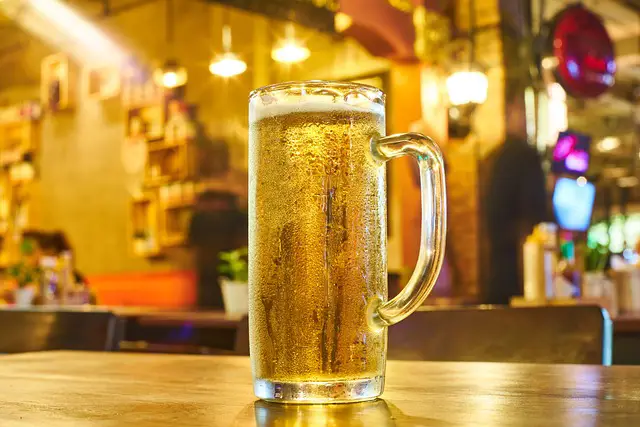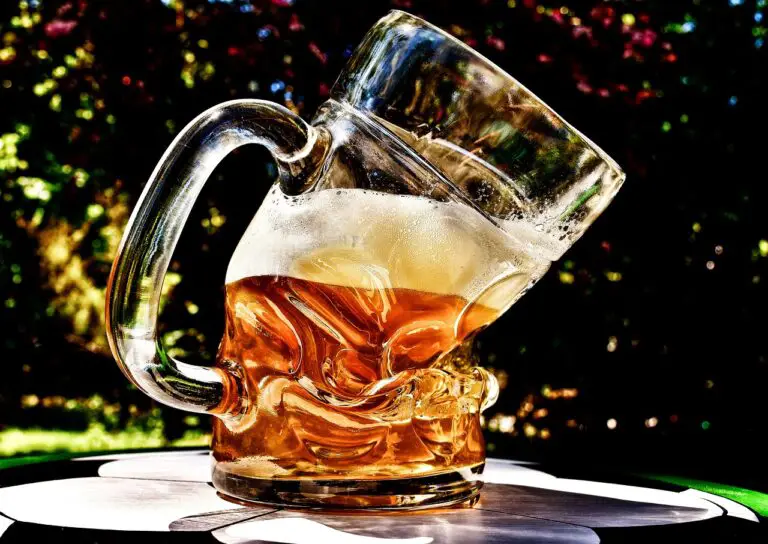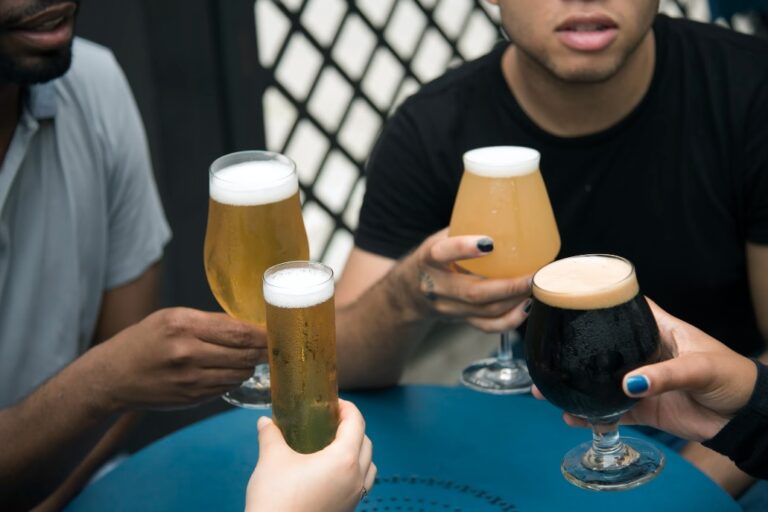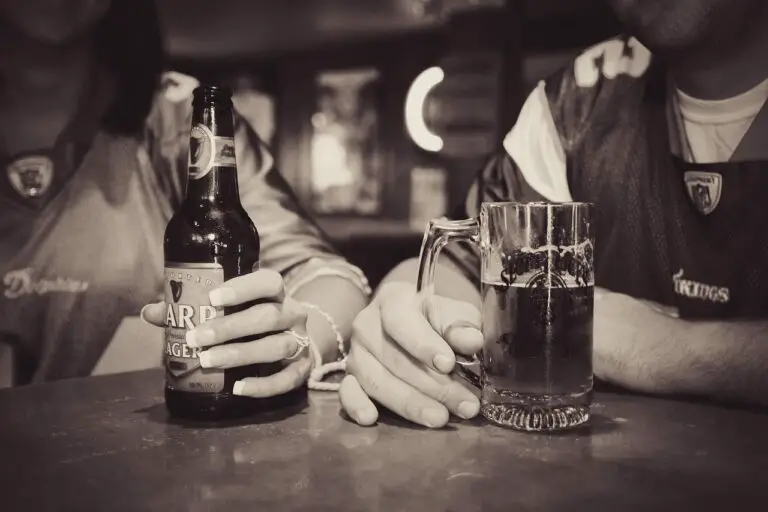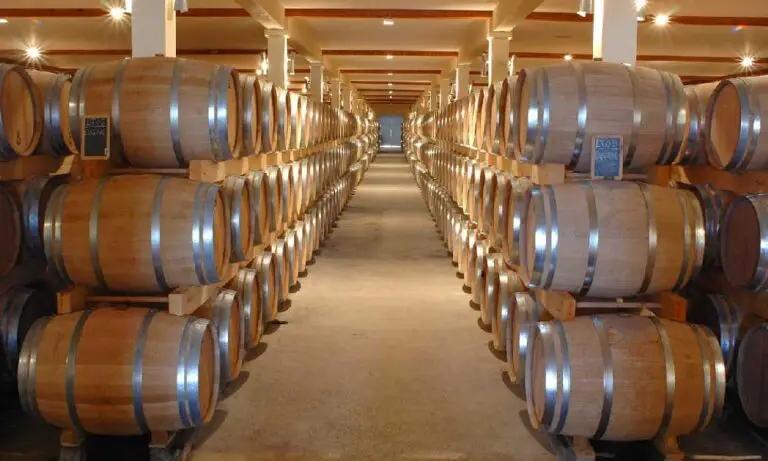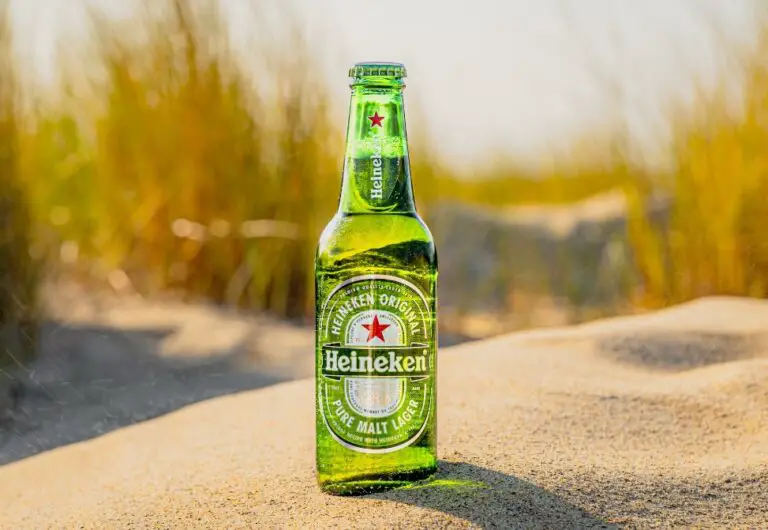Why Is Beer So Refreshing?
With its effervescent charm and diverse flavors, beer enjoys a universal appeal like few other beverages. It can remarkably refresh the senses and provide a sense of satisfaction that transcends cultures and generations. The popularity of beer is undeniable, but what makes it truly special and refreshing is its unique combination of taste, carbonation, and cultural significance. In this article, we will delve into the science and culture behind why beer is so refreshingly beloved across the globe, uncovering the secrets that make this ancient drink a fantastic experience.
So, beer is refreshing, and some say it can kill bugs, while others use it to make cheese – let’s delve deeper!
Quick fact: Beer is the most popular alcoholic beverage in the world. Only water and tea are consumed more often than beer. Also, archaeological data suggests that beer is likely the oldest alcoholic drink in history. And it’s safe to say people loved beer because it’s so refreshing!
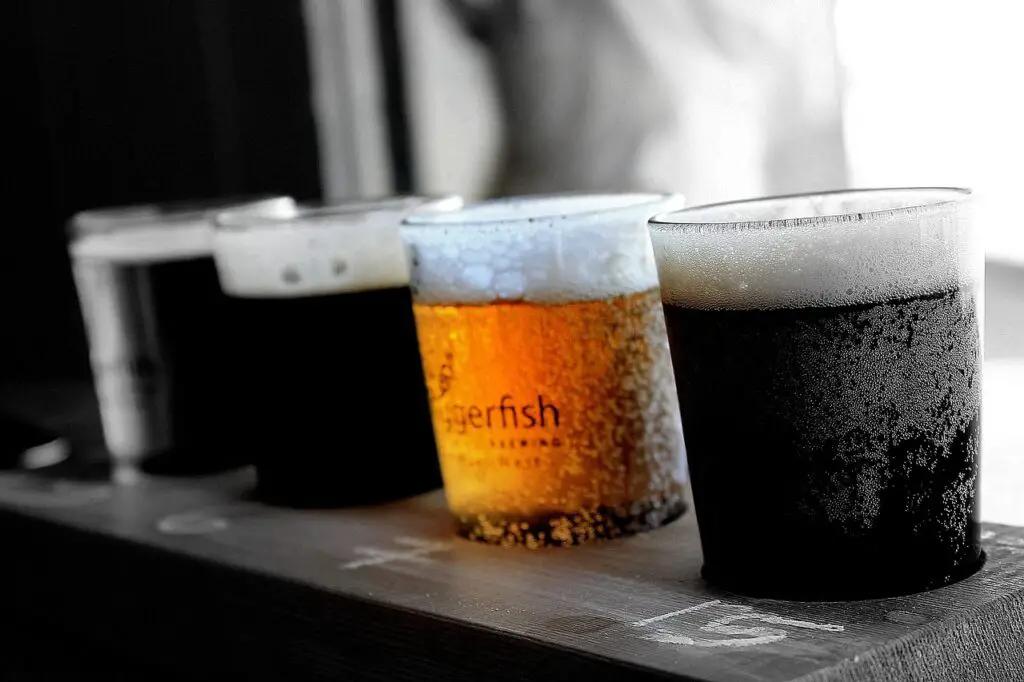
Why Is Beer So Refreshing? The Basics
At its heart, beer is made of four primary ingredients: water, malted barley (or other grains), hops, and yeast. These components, when combined and carefully manipulated, create a brew that not only quenches your thirst but also tantalizes your palate with a delightful blend of flavors and sensations.
Water plays a foundational role in brewing, constituting the majority of beer’s composition, often up to 90%. The quality of water directly affects the final taste and refreshment of the beer. The minerals in water, such as calcium and magnesium, can impart unique characteristics to the brew. Crisp and pure water can result in a clean, refreshing finish.
Malted barley, or other grains like wheat and rye, provides the sugars necessary for fermentation. During brewing, these grains are milled and mashed to extract their sugars. This sugary liquid, known as wort, forms the basis for fermentation.
Hops, the hop plant’s aromatic and bitter flower cones, introduce a crucial dimension to beer’s refreshment. They add bitterness, which can be refreshing in itself, but also an array of complex aromas and flavors. The bitterness of hops is particularly significant in balancing the sweetness of the malt, creating a harmonious and refreshing taste profile.
Yeast, the magical microorganism, transforms the wort into beer through fermentation. It consumes the sugars in the wort, converting them into alcohol and carbon dioxide. This process not only produces alcohol but also carbonation, a key contributor to beer’s refreshment. The bubbles of carbon dioxide rise to the surface, creating effervescence and a lively mouthfeel that awakens the palate.
The brewing process further enhances beer’s refreshment. After fermentation, beer is often conditioned, allowing flavors to mellow and meld. Then it’s packaged, sometimes with additional carbonation, and finally served. The temperature at which beer is served can significantly influence its refreshment. Crisp, cold beers are often more thirst-quenching and refreshing, making them especially enjoyable on a hot day.
Quick fact: The entire world consumes 52 billion gallons of beer per year, according to data gathered in 2021, while Americans drink about 6 billion gallons of beer every year. That’s A LOT of refreshing beer in only one year!

Why Is Beer So Refreshing? The Science Behind
The science of refreshment behind beer is a fascinating journey between temperature, taste, bitterness, hoppy flavors, carbonation, mouthfeel, and the overall sensory experience of enjoying this beloved beverage.
#1 – Temperature
Temperature plays a pivotal role in how we perceive beer’s taste and refreshment. Beer is often served at specific temperatures that enhance its flavors. A cooler temperature can mask certain off-flavors and emphasize others, leading to different taste experiences. For instance, a crisp, cold lager on a hot summer’s day can be incredibly refreshing, as the coldness enhances the perception of its thirst-quenching qualities.
#2 – Bitterness
Bitterness is a crucial aspect of beer’s flavor profile and contributes significantly to its refreshment factor. Hops, the primary source of bitterness in beer, introduces a complex range of flavors that include floral, citrusy, and piney notes. The bitterness from hops can create a refreshing contrast to the sweetness of the malt, resulting in a harmonious and balanced taste that invigorates the palate.
#3 – The Flavors
The way flavors emerge when beer is chilled adds an intriguing dimension to its refreshment. Cold temperatures can mute some flavors while accentuating others, often making beer taste crisper and more refreshing. The chilling effect can highlight the beer’s carbonation, which creates effervescence and a pleasant tingling sensation on the tongue, adding to the overall refreshment experience.
#4 – Carbonation
Carbonation, stemming from the fermentation process, plays a vital role in the sensory appeal of beer. The tiny bubbles of carbon dioxide dance on your palate as you take a sip, creating a delightful effervescence. This carbonation stimulates the senses and helps cleanse the palate, making each subsequent sip as refreshing as the first.
#5 – Mouthfeel
Mouthfeel, or how beer feels in your mouth, is another critical aspect of its refreshment. It encompasses various sensations, including body, texture, and viscosity. Lighter-bodied beers often provide a crisper, more refreshing mouthfeel, while heavier, creamier beers may be more satiating but less thirst-quenching.
#6 – The Experience
The overall experience of drinking beer is a culmination of these factors. The sound of the fizz as you crack open a cold one. This aroma wafts up as you bring the glass to your lips; the initial burst of flavors, the gradual warming and unfolding of complexities, and the refreshing finish—all contribute to the joy of beer drinking. This sensory journey, influenced by temperature, bitterness, carbonation, and mouthfeel, is a testament to the meticulous craftsmanship and science of making beer such a refreshingly delightful beverage.
The Historical Roots Of Beer As A Refreshing Drink
Beer’s cultural significance as a refreshing drink stretches back through history, leaving a mark on societies worldwide. Beer brought people together in social settings for centuries. In ancient cultures, communal gatherings and celebrations often revolved around beer sharing, emphasizing its role as a unifying force. Clinking glasses, toasting to health and happiness, is a testament to beer’s ability to build relationships and refresh both body and spirit.
Throughout history, beer has played a crucial role in shaping societies. It served as a safe alternative to potentially contaminated water, making it a staple beverage for communities. Beer also found its place in religious rituals and cultural traditions, becoming intertwined with the tapestry of human life. From the bustling beer halls of Munich to the cozy pubs of London, beer has been a cornerstone of social interaction and a symbol of relaxation and refreshment. Its enduring presence in society showcases its remarkable ability to transcend time and borders, uniting people across the globe in the simple pleasure of sharing a cold, refreshing brew.
Wrapping It Up
In conclusion, beer is great to drink with friends, but the refreshing allure of beer lies in its harmonious blend of science, culture, and sensory experience. Its carefully crafted balance of temperature, bitterness, carbonation, and mouthfeel creates a symphony of flavors that invigorate the palate. Beyond the science, beer’s cultural significance as a communal and celebratory drink amplifies its refreshment. Throughout history, it has shaped societies and brought people together, symbolizing relaxation and enjoyment. This enduring appeal makes beer not just a beverage but a timeless source of refreshment that continues to quench our thirst and satisfy our senses.

I am a young architect with a passion that goes beyond blueprints… it’s beer! undertherosebrewing.com is more than just a blog, it’s a manifestation of my lifelong dream to explore, read, and learn everything about beer. Join the blog on this unfiltered and genuine adventure into the heart of beer culture. Cheers!
